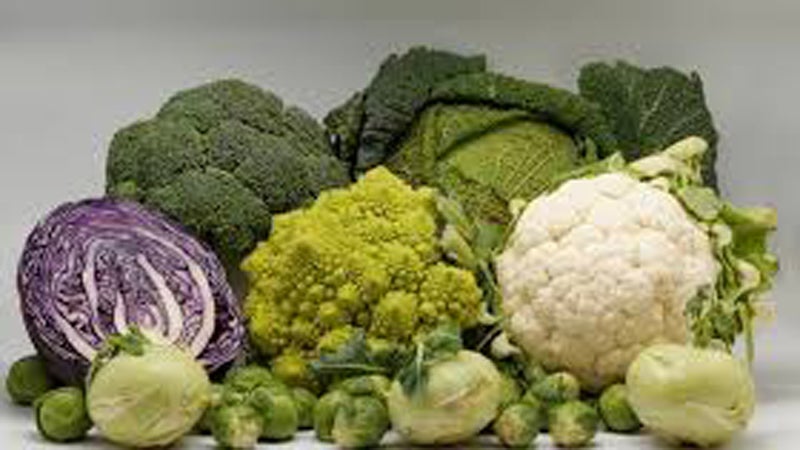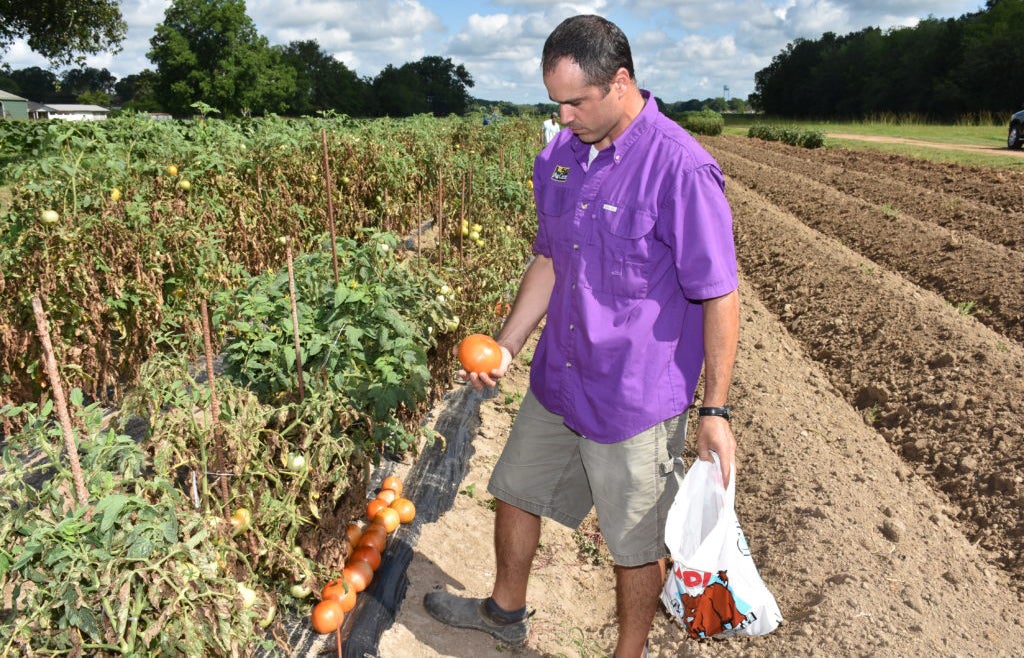Brock: Preparing for Autumn planting
Published 12:00 am Wednesday, September 16, 2020
|
Getting your Trinity Audio player ready...
|
It’s been a long, crazy summer, but the end is in sight. At least as far as our plants are concerned, we can start planning (and planting) for fall. Soil preparation is the first thing you need to do. If you haven’t had a soil test done in the last three years, or if you’ve made significant amendments to the soil, it’s time for a new one.
Take random samples around the field or bed at about root depth, mix them together, and put a pint of this in one of our pre-addressed boxes. These are normally available at AgCenter offices as well as some libraries but most are closed now. You can find them at some area nurseries, hardware stores, and… whatever category Tractor Supply is in.
It’s best to add some fertilizer to vegetable gardens about a week or two before planting. Your soil test results will tell you what kind of fertilizer and how much to add. Feel free to call me (985.497.3261) to go over results – many people do. Till or turn it in well, and water it once or twice if you don’t get a good inch-plus rain.
You might be surprised how much difference it can make when your plants start off in well-fertilized soil, as opposed to waiting to fertilize. When you’re working the fertilizer in is a good time to add organic matter too. This will improve soil water retention, slowly add nutrients and improve soil tilth (how easily a shovel, trowel, or especially roots can penetrate the soil).
 Once you’ve prepared the soil and shaped your rows, it’s time to start planting. Starting in September you can plant most fall vegetables, including broccoli, cauliflower and cabbage, which should be planted as transplants starting early in the month. Snow peas can be direct seeded near something to climb through mid-September.
Once you’ve prepared the soil and shaped your rows, it’s time to start planting. Starting in September you can plant most fall vegetables, including broccoli, cauliflower and cabbage, which should be planted as transplants starting early in the month. Snow peas can be direct seeded near something to climb through mid-September.
Carrots, turnips, beets and radishes can be direct-seeded. Small seeds like carrots and turnips should be sprinkled lightly on top of the soil. An empty spice shaker may be useful to help spread them evenly. Larger seeds like beets should be sown, then covered with a light, loose layer of soil.
If your summer crops are finishing, you may want to save some of the better seeds. Note which varieties performed best; keep only those you really want to plant again. Heirloom varieties are best for this, as they’ll “breed true” for next year. That is, you’ll be growing the same variety. Hybrids will give you something similar from their seeds but usually not as vigorous.
Let the fruit (cucumber, tomato, eggplant, etc.) get over-ripe on the plant. Once it’s past its prime, scoop out the seeds and spread them on a paper towel. Let them dry, then transfer them to a freezer bag and put them in the freezer until next year. Don’t forget to include a label in the bag. Note what vegetable it is, what cultivar (cultivated variety) and the date when you picked it. You may also include notes on how big the plant got, where it should be planted next year, etc.
If you want to know more about gardening, landscaping, or anything else horticultural, contact the St. John & St. James Parishes County Agent André Brock at abrock@agcenter.lsu.edu. Also, the LSU Ag Center’s website can be accessed at www.lsuagcenter.com with lots of user-friendly information, including this article.





